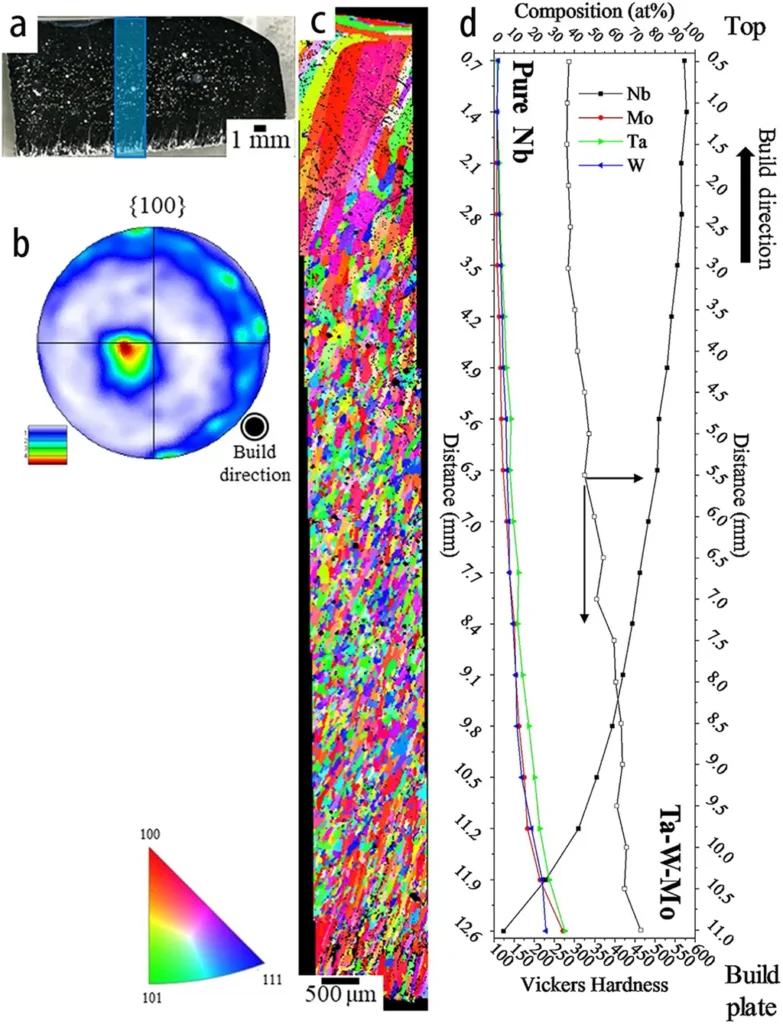In the relentless pursuit of advanced materials that can withstand extreme conditions, researchers have turned to high-entropy alloys (HEAs), which have shown remarkable mechanical properties and thermal stability. However, the sheer number of possible elemental combinations has made traditional experimental methods slow and inefficient. Enter Ryo Murakami from the National Institute for Materials Science in Tsukuba, Japan, who has developed a novel approach to accelerate the discovery of these promising materials.
Murakami, leading a study published in ‘Science and Technology of Advanced Materials: Methods’ (which translates to ‘Materials Science and Technology: Methods’ in English), has combined sparse modeling, mixed linear models, and Bayesian inference to create a data-driven science approach that is both predictive and interpretable. This is a significant step forward in materials informatics, a field that leverages data and machine learning to guide materials discovery.
The challenge with highly accurate nonlinear models, Murakami explains, is that they often lack interpretability. “While these models can predict properties with high accuracy, it’s often difficult to understand why they make certain predictions,” he says. “This can be a major limitation when trying to guide experimental work or understand the underlying physics.”
To address this, Murakami and his team focused on the local data structures that emerge from the greedy search behavior inherent to experimental data acquisition. They introduced a linear and low-dimensional mixture regression model that strikes a balance between predictive performance and model interpretability. Moreover, they developed an algorithm that simultaneously performs prediction and feature selection by considering multiple candidate descriptors.
The team’s approach combines anchor-guided clustering and sparse linear modeling to tackle biased data structures arising from greedy exploration in materials science. This method could significantly speed up the discovery of new HEAs, which have potential applications in the energy sector, including in next-generation nuclear reactors and energy storage systems.
The implications of this research are far-reaching. As Murakami points out, “Our method can help guide experimental work, making it more efficient and targeted. This could lead to the faster discovery of new materials with exceptional properties, ultimately benefiting industries that rely on advanced materials.”
Indeed, this research could shape the future of materials discovery, making it more data-driven, efficient, and interpretable. As the energy sector continues to demand materials that can operate under extreme conditions, the need for such advanced materials will only grow. Murakami’s work is a significant step towards meeting this demand.

